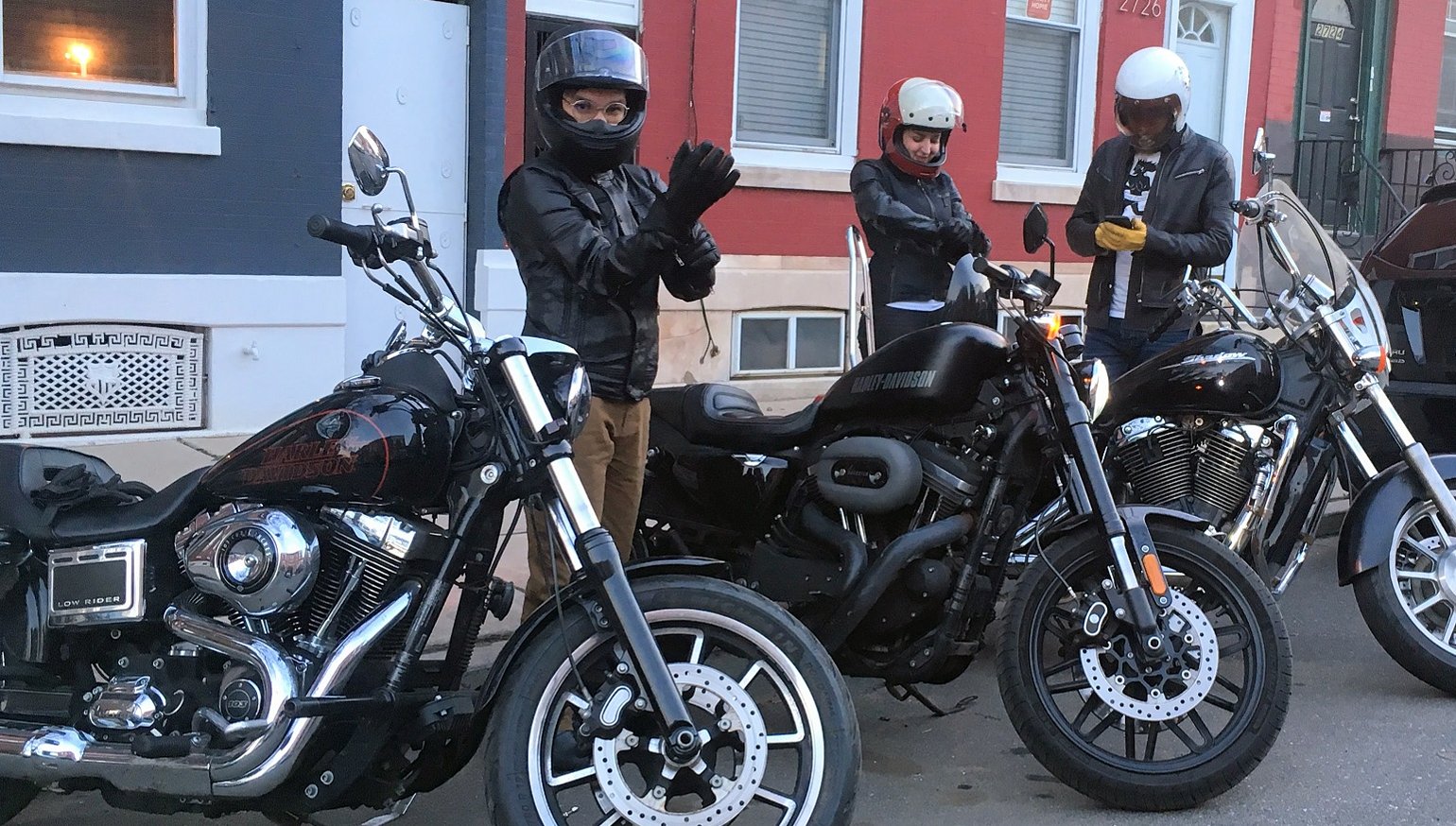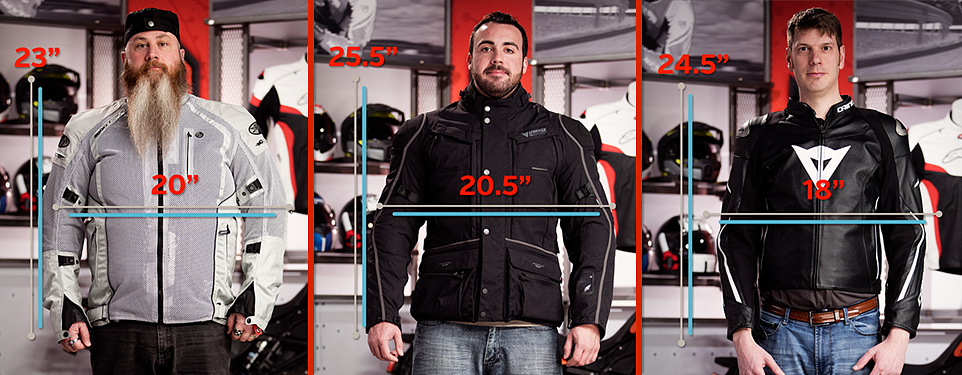Ever gone riding with buddies and someone in the group starts raving about his awesome new gear? Maybe it inspired you to hop online and order that same item for yourself. When you're shopping for new gear, another rider’s personal experience can be valuable information.
Customer reviews, like the ones you see on RevZilla, can also heavily influence our buying decisions. Some are incredibly helpful and some are worthless. But what makes a review good and what makes another worth skipping? And how do we get more of the great ones? Well, you write them of course!
Writing a gear review is your chance to share your opinions and help guide others towards a successful purchase. The example reviews below include information that many shoppers find useful. You can turn your personal riding experience into a helpful review for other riders by focusing on three areas when talking about your gear: How it fits, how it feels, and how it's used.
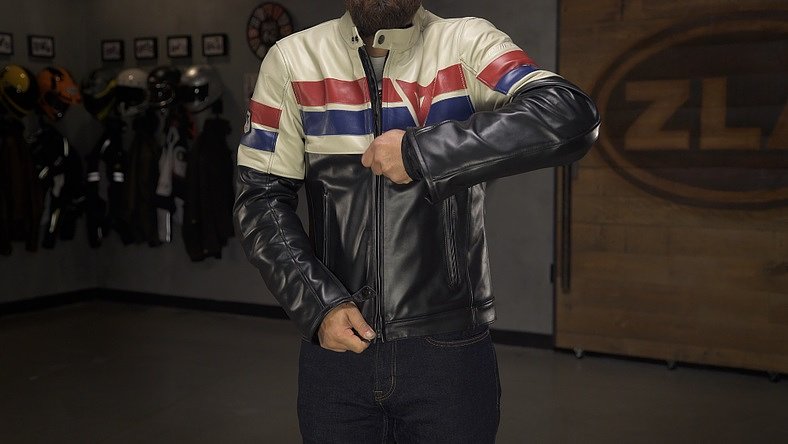
Gear: How it fits
You want your gear to fit well for comfort, optimal protection, and style of course. You can help others avoid the back-and-forth dance of returns and exchanges with a review that includes detailed information on the fit.
Example: Men’s pants. “I bought two pairs of these pants, one in a LG and one in an XL. I normally wear 34x32 Wranglers. The size chart said to measure around my belly and turns out it was 35 inches. That put me between the two sizes, but I ended up keeping the XL because the pants were a little more snug than I expected."
Using an item’s size chart is incredibly helpful because not every Large is created equal. Sometimes manufacturers cut their products more slim or more generous than you’re used to. In this example, by giving us his usual jean size as a frame of reference, the customer tells us that sizing up would be a good call for a rider who falls between sizes or prefers a slightly looser fitting pant.
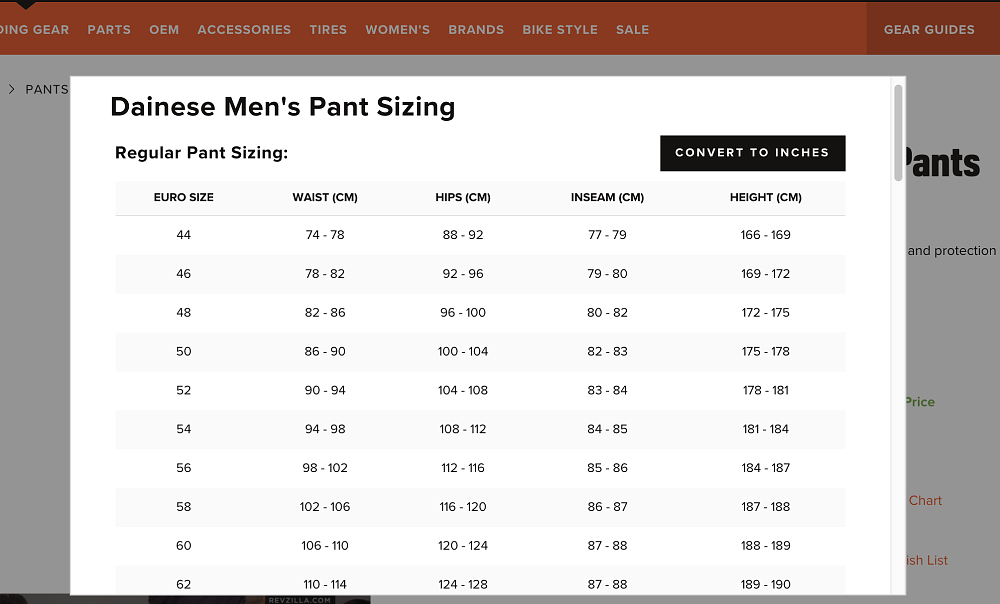
Example: Women’s jacket. “This jacket is fantastic! I’ve been having trouble shopping for months since no other brand has had petite sizes for my short arms and torso! I’m five feet tall even and I bought the XS. The size chart said the XS sleeve measurements were 20.5-20.9 inches long, and my arm measured 20.6. While wearing it standing, the sleeves cover my hands just a little. But on the bike, grabbing the controls, the material doesn’t go past my wrists. I’ll definitely go with this brand again!”
While height and weight are nice for your driver’s license, they don’t give the full picture of your proportions. Knowing this rider is short is helpful, but knowing her exact sleeve length can give another shorter rider an idea of what to expect. This review also offers the perspective of on- and off-the-bike fit. Gear is meant to be worn while riding, so always double check the fit on your bike first. (But stay in your garage; we can’t accept returned gear covered in bugs!)
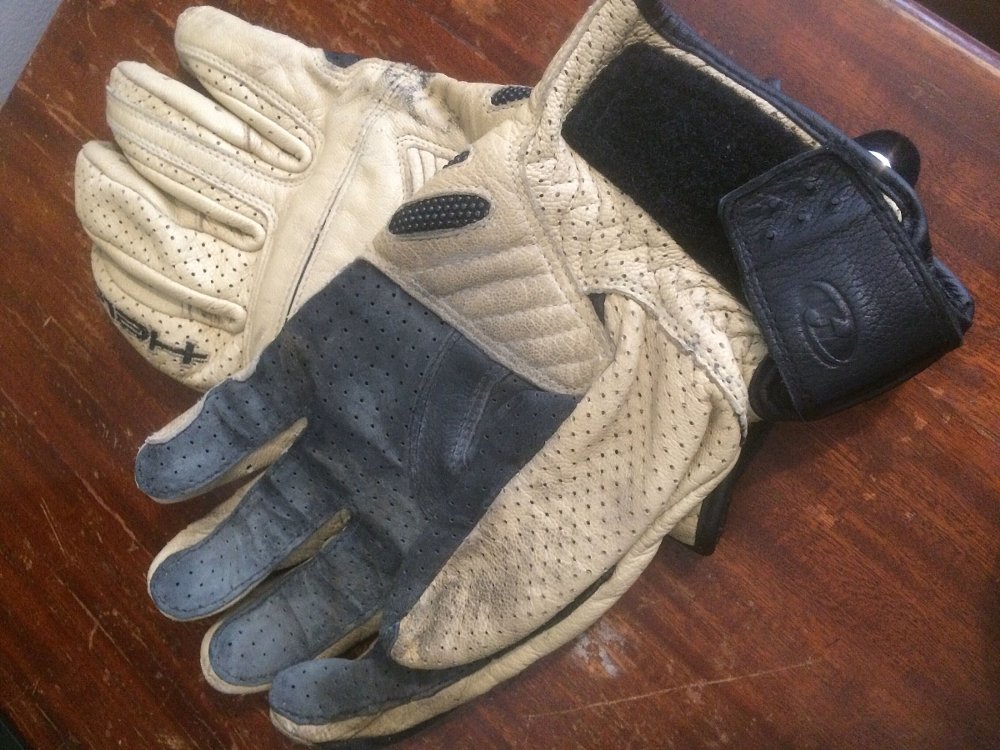
Gear: How it feels
The next question riders often ask is “How well does the item perform in the hot, cold, rain, or snow?” Combining time and place in your review can provide valuable context for another shopper.
Example: Waterproof gloves. “I wish I had bought these gloves sooner. I’m glad I paid a little extra for the name brand waterproofing. When I wear them in the summer my hand doesn’t get as clammy, either. It breathes so much better and the liner doesn’t stick to me and turn inside out when I take them off. I got tired of buying new gloves every season, so I splurged this time. After two riding seasons they’re still going strong!”
Price is always going to be a factor when purchasing new gear, so it’s nice to be reassured that your money is well spent. The quality of waterproof gear is often debated but having specific experiences helps your review rise above the rest. Telling shoppers that the gloves last a long time, are comfortable, and aren’t a pain to use really justifies the price point.
Example: Winter jacket. “I highly recommend this jacket for winter riding. My last road trip was to Maine in October and it held up great against the wind, especially since I have a tiny bikini fairing that doesn’t really keep off the cold. Got to test the waterproofing a little during a four-hour downpour — the only moisture that got in was to the front pockets. One day it got over 70 degrees and I was sweating a bit but once I started riding I was comfortable. We also saw temps down to 45 degrees and probably more with the wind chill! I’d say this is a great jacket for hardcore winter but not for a sunny day. 30 degrees? YES. 80 degrees? NO.”
The details here serve a variety of people. Riders with a full fairing would know that this jacket would be even warmer on cold days and even hotter on warm days. Mentioning specific temperatures tells us that a Seattle resident may love this jacket almost year round while someone in humid Tennessee might only enjoy it for a few months out of the year. The front-pocket waterproofing issue is good to know, especially if the product description lists them as waterproof, not water-resistant.
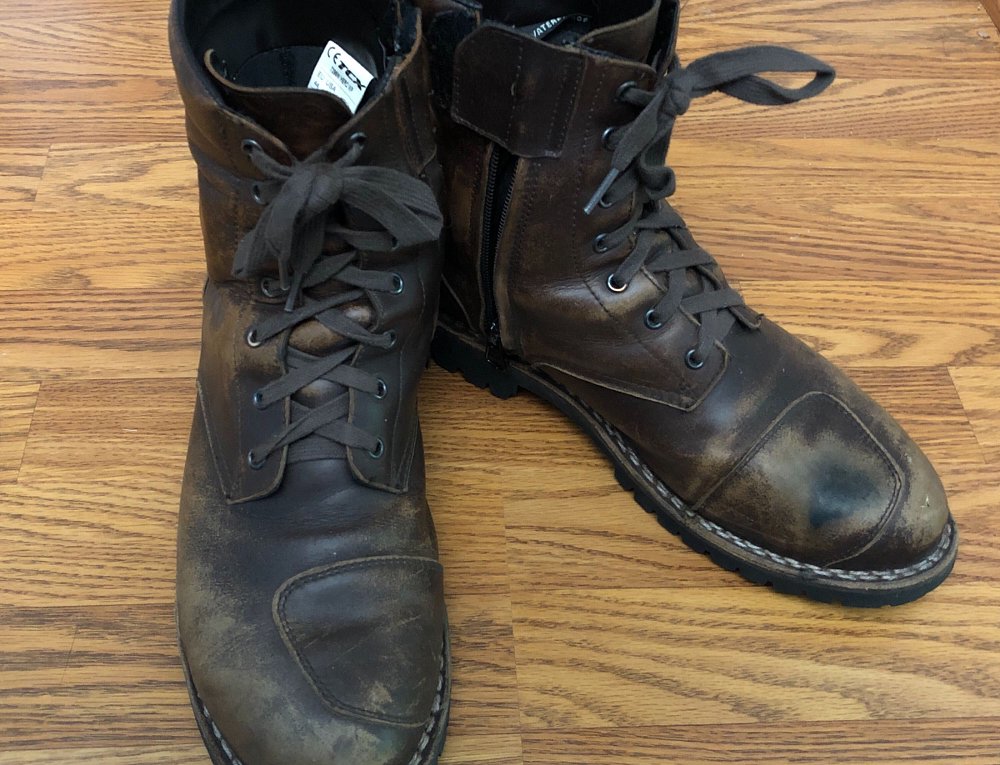
Gear: How it’s used
The type of riding you do matters for the gear you wear. Sure, a race suit is the highest level of protection for the track, but using it to commute to work every day would be inconvenient and cumbersome. Knowing how another rider used their gear helps you determine which product best meets your individual needs.
Example: Track helmet. “This helmet is SO loud! I invested in some earplugs just so I could hear my grandkids someday. The venting is fantastic, but I bet that’s where all the noise comes from. It’s just too much on my highway commute to work for an hour each way. I did take this to the track on my Ninja 400 and the air was so refreshing while I sweated away in my race suit. But I’m going to have to find a better helmet for everyday riding.”
This rider invested in a great helmet designed for high speeds at short intervals and the ventilation scheme worked almost too well. The trade-off was the noise level on the street. Some riders might find noise to be a deal breaker and choose a different helmet altogether while another might have two helmets for two types of riding. Also knowing the bike model tells us a lot: The riding position affects how gear like a helmet performs.
Example: ADV boots. “These boots really saved my bacon on a spill off-road. The side mechanism kept my ankle from breaking when it got caught between a tree root and some rocks. The stiffness is uncomfortable walking around for more than an hour, but it gives amazing support for riding all day. I had to adjust the shifter lever on my R 1200 GS so the toe would fit under comfortably, but besides that I love these! I might need to grab a second pair.”
This rider sounds like someone who tackles difficult terrain. The boot’s hardcore, heavy construction is perfect for the rigors of off-road riding but might be too bulky for someone who mainly rides on the street. The personal crash testimony is particularly encouraging information for those who need the full protection.
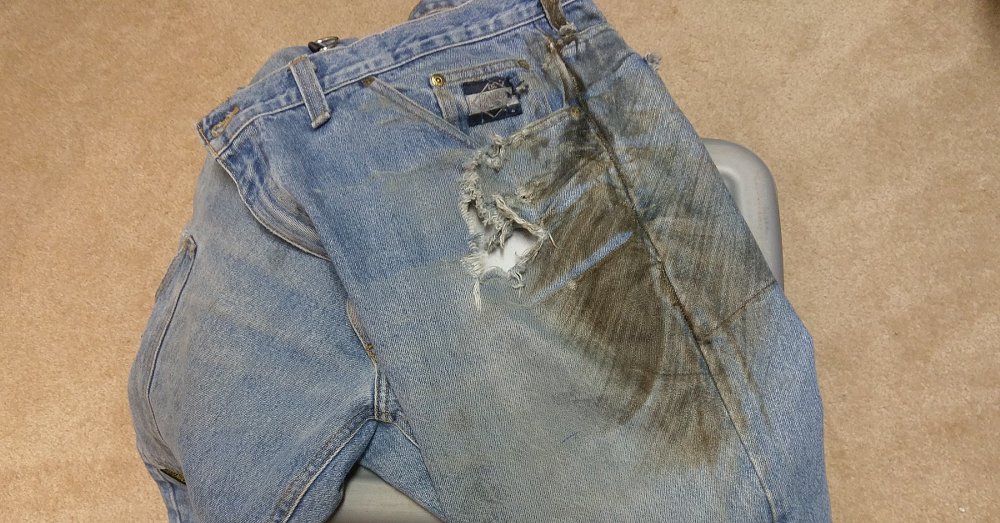
Bonus points for the details
When you're thinking about what details to include, here are some additional topics to consider including.
- Aesthetics: Do these pants sound like ski pants when you walk? Do the faceshield snaps shut tight, or not at all? Does the material give you a sense of protection? All these details are great to pepper in.
- Crash testing: Not everyone wants to hear the gory details of your accident, but reporting how your gear held up in a crash can reassure another rider. For example, if you lowsided and the jacket suffered some scrapes but your body came out unscathed, then the jacket did its job!
- Comfort: Did the boots start pinching after an hour of riding? Did the gloves break in after a week or did they take all riding season?
- Miles: There's nothing wrong with saying "I bought this yesterday and my first impressions are great," but it’s always more informative to hear how gear has held up over time. Plus, it's impressive to read that someone used their gear for over 25,000 miles.
- Style: While not as objective as other categories, it’s nice to know that you think you look pretty cool wearing your gear.
- Hardware quality: If you told me the snaps on your jacket pocket are so sturdy that you held up the toll booth trying to get your cash, I would feel confident in the jacket’s build quality. I would also suggest you buy an EZ-Pass.
This list isn’t comprehensive, of course. What do you look for when reading reviews?




